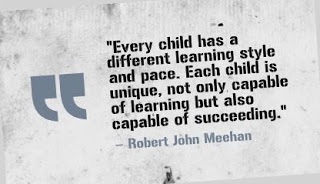Stop Going Through the Motions: Change a Culture Together
We are all different. It is a beautiful kind of thing. Culture is the formation of beliefs, values, goals, management style and the practices of an organization. One of the most difficult tasks as a leader is to change a culture. No matter how strong a person is by nature she or he will be opposed to change of any kind. Because change is unknown and it is uncomfortable. Many questions occupy a person’s mind.

Am I going to keep my position? Will I have the same power? Will I stay in the same team? Is my employment secure? What is wrong with the good same old same old? Why do we need to change anything, we have been doing a great job already. Culture of the organization determines its success and sustainability. Without change, while everything is evolving around us, it is impossible for an organization to survive and to continue to be a top performer.

You need to take it slow and gentle. If you do not want to lose people on the way that is. There are a few steps in changing a culture.
- Observe, analyze and find the root of the problem. What is causing the issue? Staff, policies, inconsistency, lack of accountability, lack of trust, lack of transparency, lack of recognition? Surveys are a good place to start. Ask for people’s input and see what they think. If it is done anonymously you can get more reliable feedback. In addition, meet with a few staff and leaders and ask their opinion and experiences.
- Get your team to understand why change is necessary and what happens to the organization if it is not done. There is a shift in education. The traditional way of teaching children is proved to be ineffective. Didactic teaching, teacher centered and teacher directed methods are detrimental to creativity and critical thinking skill development. If you have teachers with many years of experience but closed to improvement and new practices that are proven to increase learning, that is a change that needs to happen. Last week, there was an article on WTOP talking about a teacher who decided not to give students homework. She explained how children need to spend family time and continue to form their bonds with families. This teacher preferred students to study hard at school, spend a lot of time on teaching, learning and wanted them to rest, play and have quality family time. This is exactly what happens in Finland. Research shows that this education style increases student capacity and success.
- Using the term Leadership as opposed to Management is also a progressive approach. People who lead the organization, school or another business, need to be on board with the culture change. Staff respects leaders who listen and take their concerns and feedback into account. They get encouraged with training opportunities and career advancement. Always look into current staff to see if you can promote within to fill a position. After all, a leader cannot do the work without her or his workforce.
- Plan ways to increase quality of the workforce and retention. Change the staff lounge to make it calmer, prettier and more relaxing and fun to be in. Everyone deserves a break and doing so in a comfortable environment makes it even better. Promote collaboration by forming teams or groups.
- The answer to the question “what is in it for me?” is an important one to think about. Have a positive attitude and express your appreciation as appropriate and as needed. Try to balance when so that it has a value. Ask for input as often as possible.




